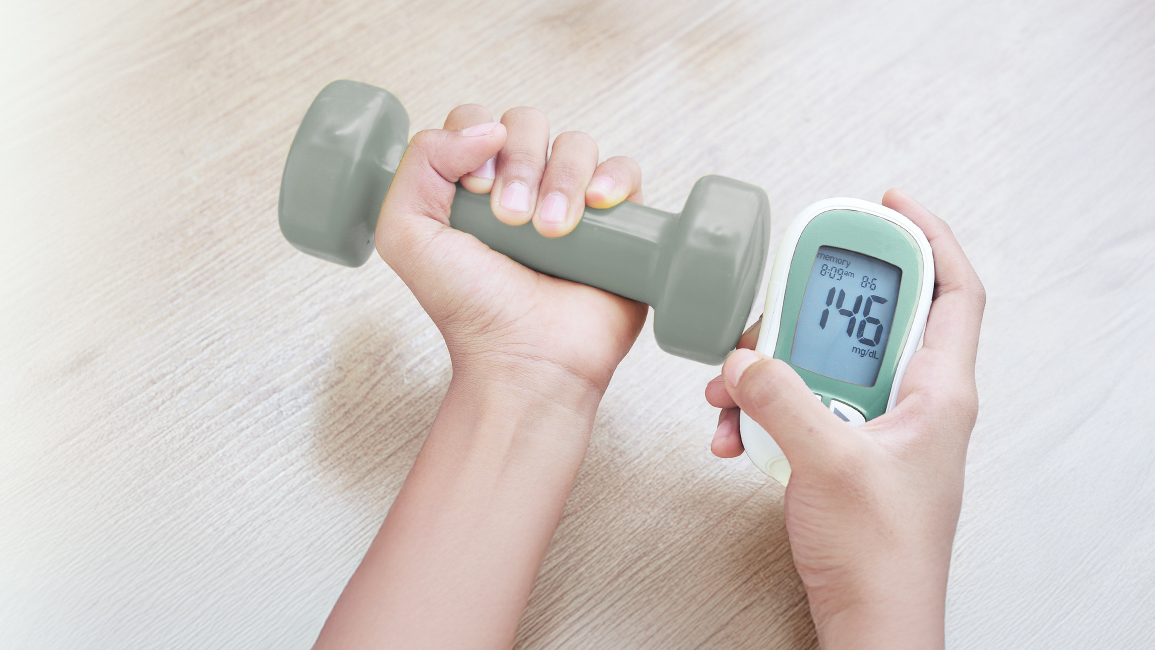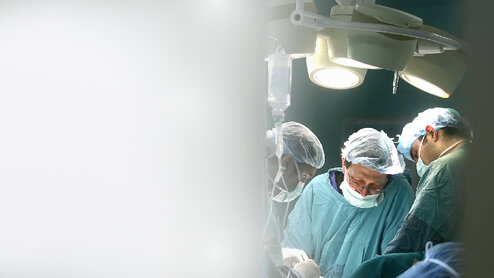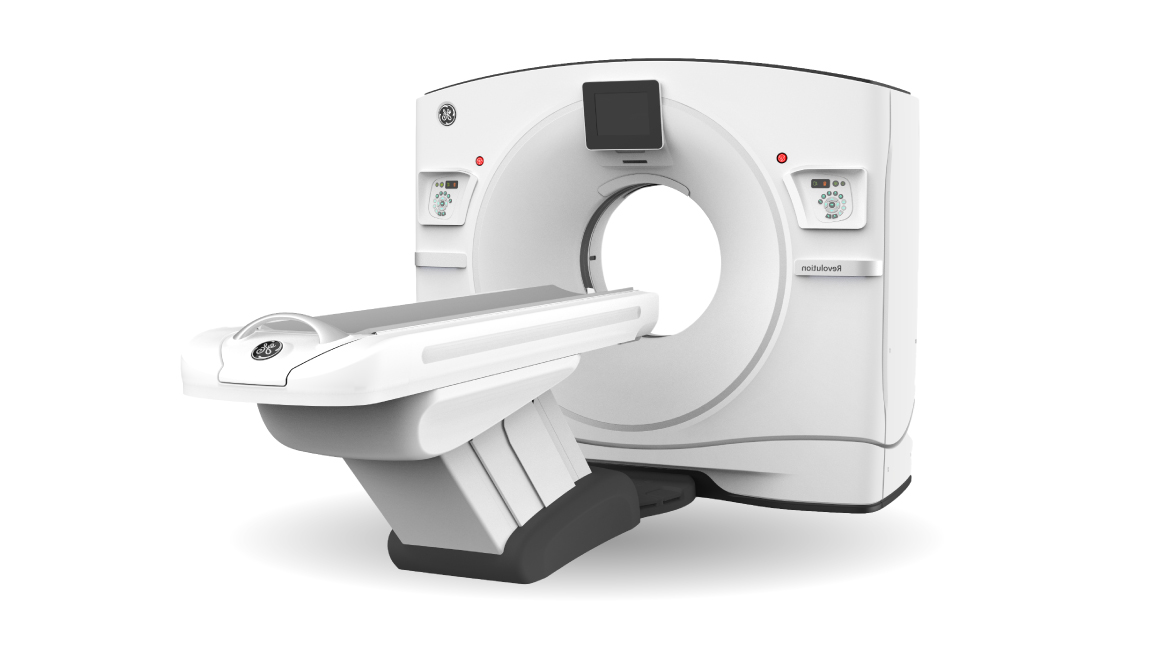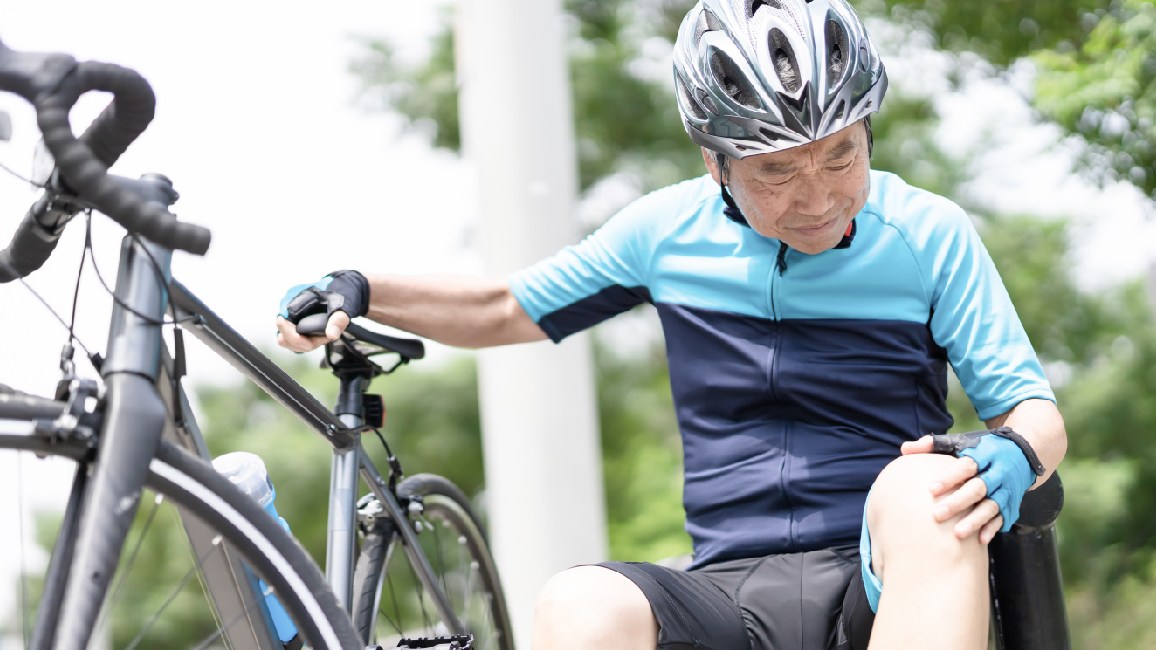Stopping Neck Pain
Center : Orthopedics Center
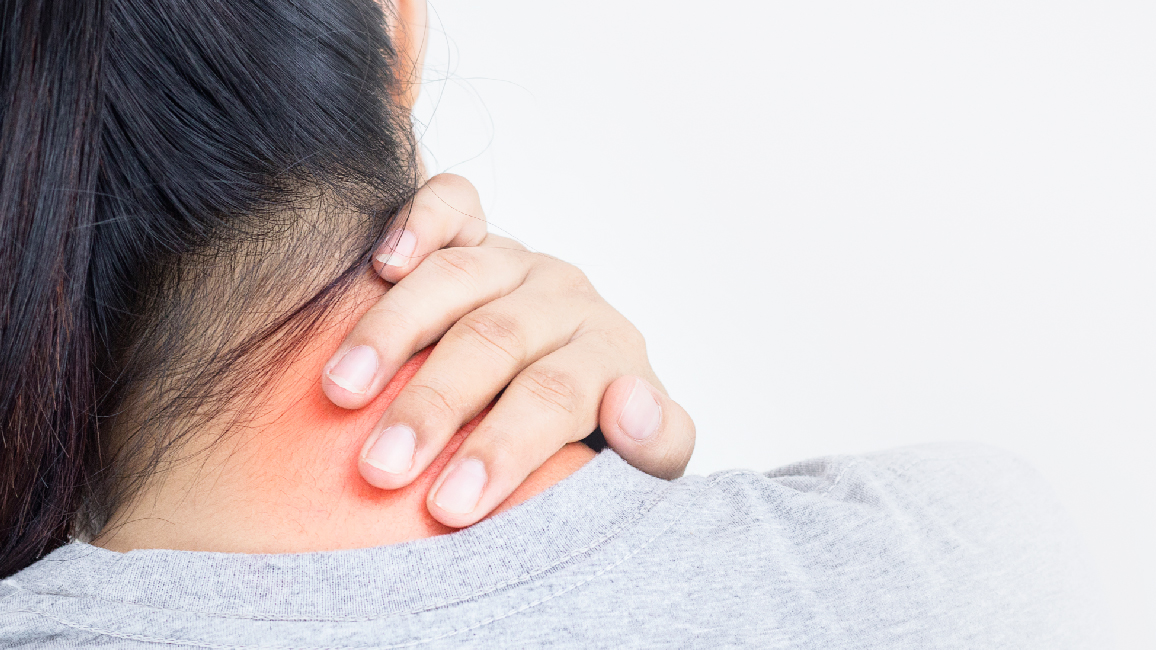
The neck is an organ that connects the head to the body; consists of 7 cervical vertebrae. Between each vertebra, there are discs of cartilage. When moving in different directions, the disks will be compressed with muscles and ligaments to prevent danger. In addition, neck is also a path through the spinal nerves, nerve roots and arteries and veins. Therefore, neck is an important organ that should be careful.
Table of Contents
Causes of neck pain
- Using the neck in wrong postures such as lying on the stomach to read a book.
- Stress from work which put the neck in one position for a long time, such as typing on a computer.
- Accidents that occur directly in the neck area.
- Organ degeneration when get older.
- From other causes, such as the spread of cancer to the neck area
Neck pain symptoms
- Pain in the back of both sides of the nape
- Less neck movement due to the pain
- Avoid smoking to reduce the risk factor for Coronary Artery Disease.
- There may be pain in the head, cheek, occiput, back, upper chest, arms and hands, or numbness.
Treatment
- Acute neck pain: doctor will ask the patient to rest the neck still or may use collar with the use of warm water. Using medication to reduce inflammation and pain with the combination of external medication.
- Chronic neck pain is treatment by eliminating the cause is an important factor. The doctor will diagnose or recommend an MRI for a detailed examination to find the exact cause of pain.
- Treatment by surgery: is for patients with symptoms of spinal cord compression or cancer that has spread to the cervical vertebrae. Thus, must be treated only by surgery.
Prevention
- Always put the neck in a normal position: the head, neck, chin, shoulders, all straight looking at eye level.
- Do not tilt the neck, turn the neck or do vigorous head shaking.
- Do not stay in one position for too long, such as bending, lifting and tilting the neck
- Avoid lifting heavy objects, which must tense muscles in neck and shoulders all the time.
- Do not sleep while sitting in a moving car because if the car jerk violently, the head to be shaken as well. This cause neck pain
- Do not use pillow that is too hard or too soft. The height of the pillow should be at the shoulder level. When lying on the side, if the pillow is too high, the cervical vertebra will bend. If the pillow is too low or not reclining on pillow, the cervical vertebra will lean back causing neck pain. The pillow should be wide enough not to cause the neck sprain. The correct pillows are the ones that support the neck or feeling comfortable around the neck without feeling pain in the morning.
- Exercise regularly, at least 2 times a day - morning and evening, or every time when having neck pain.

Neck exercises
relax the muscles, making it not too stiff, relieve aches and strengthen the muscles as well as slow down the cervical spondylosis.
Guidelines
- Isometric exercise by leaning and against technique with hand in various positions. It will be explained later. It is being observe while using leaning and against technique, there will be no movement of the cervical vertebrae.
- Tense the muscles by leaning and against counting 1-10 or 6-10 seconds, then relax for a while. Then, repeat the same action, not intensely and not overdoing, repeat this 2-3 times.
- The total of 4 postures for each exercise, starting from the normal neck posture: head, neck, chin and shoulder straight, all straight looking at eye level, then gradually increase or decrease each time by 5-10 degrees until the complete all 4 postures.
- Do not exercise while having severe neck pain; rest the neck still in a normal posture and consult a doctor for further treatment.
Exercise posture
- Bending neck posture: starting from the normal neck posture, using the dominant hand to use lean and against technique at the forehead while bending the neck. The neck will not bend along and there will be no movement at the cervical vertebra.
- Leaning the head back posture: placing both hands place at the back of the head. Using lean and against technique at the back of the head while exercising.
- Tilt neck to the left and right posture: Use the same hand as the neck that will be tilted down. Using lean and against technique at the head above the ears level.
- Facing the neck to the right and left posture: Use the same side of hand as the neck will be face. Using lean and against technique at the chin area.
For more information, please contact:
- - Website : https://en.nakornthon.com
- - Facebook : Nakornthon Hospital - International Patient
- - Line : @nakornthoninter
- - Tel: 02-450-9999 (Available 24 hours)
Free Online Consultation
Article of Orthopedics Center
High-Speed CT scan 443 Slices: Precision, Speed, and Reduced Radiation Exposure

